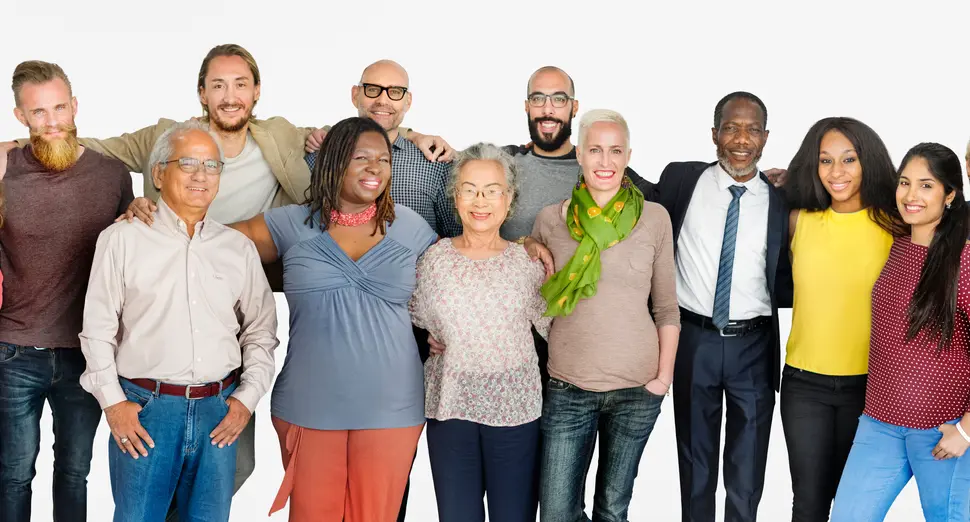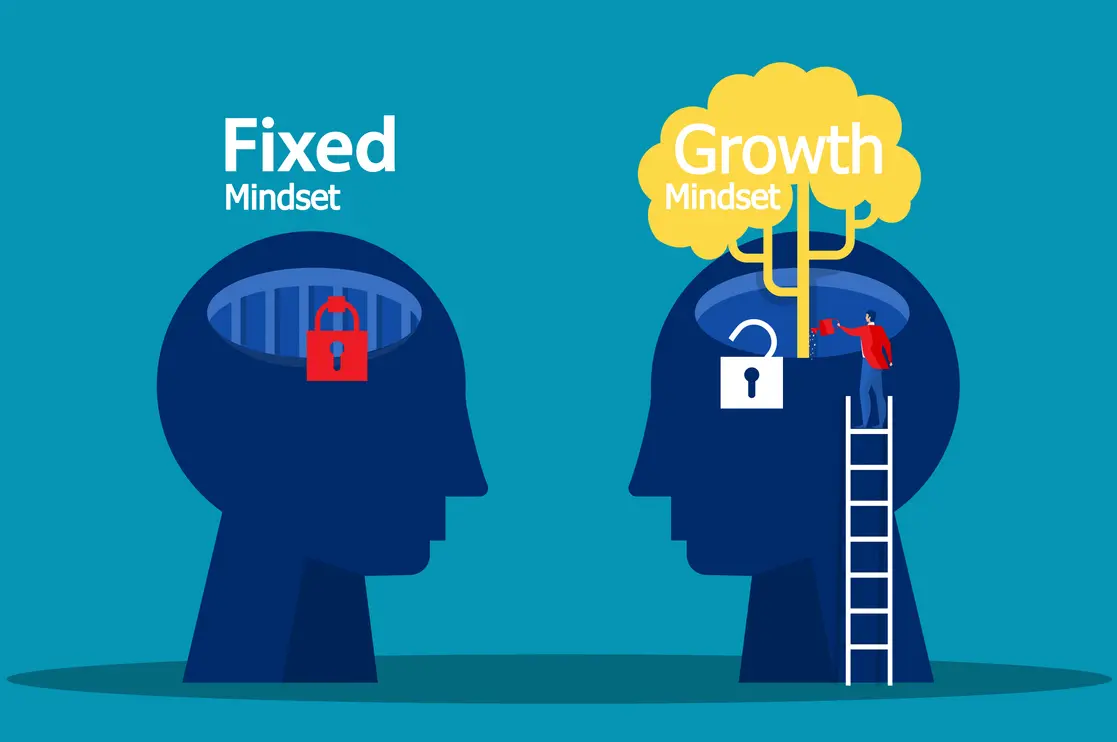How to Engage Multiple Generations in K-12 Schools


For a moment, think about the teachers, staff, and leaders that make up your school or district. We’re willing to guess there are several generations represented among your teams, from the Gen Z teachers (born between 1997 and 2012) at the very beginning of their education careers to the Baby Boomers (born from 1946 to 1964) who have been in the field for several decades. Not to mention Generation X born between 1965 and 1980 and the Millennials born between 1981 and 1996.
Schools and districts that have this type of age diversity—and harness it—collaborate, share knowledge, and support one another in ways that are not only beneficial for the adults in their buildings, but also in ways that create well-rounded and diverse learning experiences for the students they teach and interact with. At the same time, they cultivate a sense of belonging and community that positively impacts job satisfaction, staff retention, and recruitment.
Schools and districts that have this type of age diversity—and harness it—collaborate, share knowledge, and support one another in ways that are not only beneficial for the adults in their buildings, but also in ways that create well-rounded and diverse learning experiences for the students they teach and interact with.
Here are four ways that you can embrace and leverage your school or district’s rich generational diversity and foster a culture of increased engagement and professional learning along with mutual respect, trust, and support within your team, no matter what generation your individual team members belong to:
Rethink preconceived notions of generational behavior
Baby Boomers are collaborative, yet adverse to change. Generation X is independent, but world-weary and disengaged. Millennials are driven, yet entitled. Generation Z is progressive, but disloyal. How many times have we heard these kinds of broad generational stereotypes?
While it’s tempting to want to categorize the generations of educators in this way, it’s also a harmful practice to lean on characterizations that paint all members of a specific age group with a broad brush. The more we assign negative or overarching stereotypes to a particular group, the more we inadvertently imply that their values and beliefs are flawed or incorrect.
To debunk these stereotypes, school and district leaders can focus on educating themselves and their teams on the different realities those entering the education field faced when starting their careers. As a leader, your values have no doubt been influenced by a variety of social, economic, and cultural factors that continue to play out in your life and career—and these factors have shaped your purpose, preferences, and even what success might mean to you.
To debunk these stereotypes, school and district leaders can focus on educating themselves and their teams on the different realities those entering the education field faced when starting their careers.
It’s no different with your teachers and staff. Giving your team opportunities to learn more about each other’s journeys and how they’ve shaped their personal and professional lives is an essential step toward acceptance and creating a school culture where all generations feel like they’re seen, heard, and understood.
Focus on generational similarities to build school culture, not differences
While there are certainly differences among the generations when it comes to attitudes and motivations, the truth is that your leaders, teachers, and staff most likely want the same things to help them grow professionally. They seek opportunities to learn and develop, professional respect, the ability to give and receive impactful feedback, effective and open communication, and the chance to exchange ideas openly and without fear or embarrassment.
With that in mind, your role as a school or district leader is to bring people together based on why they work, not necessarily how they work. All generations who work in education want work that’s filled with purpose and meaning, they want to find ways to grow within their roles, and they want to build meaningful connections and relationships.
To focus on these similarities, talk with your teams and ask them:
- Are there opportunities for colleagues with shared strengths, passions, and life experiences to work together on projects that help them harness their common ground into helpful initiatives for your school or district?
- Are there cultural norms that can be co-constructed to encourage team members of all ages to share their varied knowledge and perspectives and connect with each other over their similarities?
Your role as a school or district leader is to bring people together based on why they work, not necessarily how they work.
{{blue-form}}
Build bridges across communication divides
Differences in communication are one of the biggest challenges when it comes to leading multigenerational teams, and you’ve no doubt experienced this first-hand. Think about a time where your Generation Z teachers might have preferred to be emailed about a particular change or issue, while your Baby Boomer team members preferred face-to-face interactions to build rapport and gain a clearer understanding of the issue at hand.
Here are a few questions to ask to co-create those communication guidelines and expectations:
- When does in-person communication make more sense than email, and vice versa?
- What are the ways we’ll use technology for communication among our team?
- What’s the protocol when we need clarification on someone’s communication style?
Being as specific as possible when setting ground rules for how your team communicates—and through which channels at what times—can not only help to avoid miscommunication and frustration, but can also help school and district leaders avoid leaning too heavily on one type of communication over another.
Encourage interdependent mentorship
When we think of mentoring in K-12 education, we typically think of a more traditional relationship where a veteran teacher takes a new teacher under their wing. Wisdom and learning, however, are a two-way street, and creating space for interdependent or symbiotic mentoring—where both people’s contributions and needs are valued and met—can help educators leverage one another’s abilities and strengths and build trust across generations. Interdependent mentoring is a win-win: experienced educators and staff members are appreciated for their deep knowledge, while new ones are valued for their innovative ideas and fresh perspective.
Wisdom, and learning, however, are a two-way street, and creating space for interdependent or symbiotic mentoring can help educators leverage one another’s abilities and strengths and build trust across generations.
To build a more interdependent mentorship model within your school or district, start by working with your team to shift the usual definition around mentorship. Make it clear that this is a partnership model, not a situation where a more tenured teacher or staff member needs to have all the answers and a younger mentee is simply implementing their suggestions. Both mentors are on an equal playing field.
For example, a less experienced teacher might need suggestions around how to manage their classroom or lesson planning, and in exchange, that teacher might give a more tenured teacher insight on how to incorporate more technology into their classroom, or how to better connect with students. This kind of adult education is a shared effort.
The other key to making this model successful is to not leave it to chance. Interdependent mentorship relies on a mixture of planned and impromptu interactions in order to be successful. Encourage your mentors to meet consistently through a series of planned meetings in addition to unplanned connections, such as stopping into each other’s classrooms to chat at the beginning of the day, or sharing a text thread. This gives both participants time to discuss challenges, talk through solutions, and get to know each other in a consistent way that creates comfort with one another.
Trust and support: the key ingredients of effective multigenerational schools and districts
All of the benefits that age-diverse schools and districts hold simply can’t be realized without your teachers, staff, and leaders feeling a strong sense of trust and support. When your individual team members feel like they’re a legitimate part of your school and district community—no matter what their age is or experiences have been—they have more capacity to grow, learn from others, and manage the ever-changing nature of education as a whole.
It’s this kind of inclusivity and sense of belonging that can be a true competitive advantage for your school or district, especially when it comes to retaining current talent and attracting new teachers and leaders.
{{blue-form}}




.svg)
.svg)
.svg)
.svg)



.svg)
.svg)







